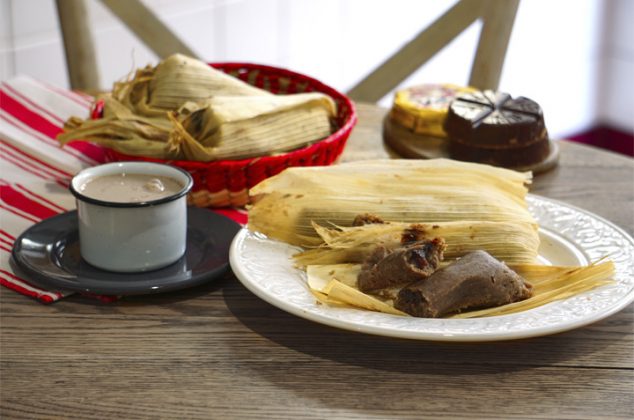

The PAN flours called for more water than the nixtamal, which is not surprising since they are finer, with more surface area to wet. I also prepared an extra batch mixing half a cup from each of the white flours, and another doing the same with the yellow flours.

I prepared dough from each type with one cup of flour, adding the amount of water and following the instructions as indicated on each package. I decided to test these four pre-cooked flours: Although they are not nixtamalized, they are pre-cooked, and listed as also useful for gorditas and other Mexican products. The PAN™ white flour was created for arepa dough, a staple in Venezuela and Colombia the yellow is the same, just using yellow corn. The only difference is the use of white corn for Maseca™ (I will call it Nixtamal white), and yellow for Bob’s (Nixtamal yellow bonus: Bob’s is organic.) The cooking process also softens the grain, destroys toxins and develops flavour some of the corn oil is broken down into mono- and di-glycerides, facilitating bonding, and dough formation. The use of an alkaline compound (such as lime, or ashes) partially dissolves hemicellulose, present in the corn cell walls and responsible for bonding them together dissolving hemicellulose loosens the hulls. The ones created especially for this application are Maseca™ and Bob’s Red Mill™ masa harina whole dry corn kernels are soaked and cooked in water with lime, which is not the citrus fruit, but the common name for Calcium hydroxide ( cal, in Spanish.) This process has been known to Mexican cooks since pre-Columbian times, called Nixtamal, from Nahuatl nextli – ashes and tamalli – wrapped Nixtamalization is the English word. I am now going to concentrate on the types that are used for masa therefore, Maizena™ and the two cornmeal flours will not be considered for this particular post. I found seven different corn flours at my local supermarket and international stores, pictured at the top of the post some were made from white corn, others from yellow corn, and were different in terms of the four processing aspects, as summarized in the chart below:Īnd their appearance reflected their characteristics: The differences amongst all these corn flours can be classified according to four aspects during processing: pre-cooking before grinding additional ingredients grinding coarseness (fine, medium, etc.) and whether the grain is used whole, or refined, in which the germ and outer layer (hull and bran) are partially or totally removed: And how about cornmeal? A “meal” defines how coarse a grain is ground, but in this case, it is a different product from the other two mentioned before. I understand in Great Britain it will bring images of a white and very fine product, what is known as Maizena™ in Mexico, some South American and European countries, or corn starch in Canada and the US. There is very little consensus on what people first picture when they hear the words “corn flour.” I think of the flour used for masa, a dough to make tortillas, gorditas, and many other Mexican corn products. Click here to go to printable recipe: Corn Dough – Masa


 0 kommentar(er)
0 kommentar(er)
